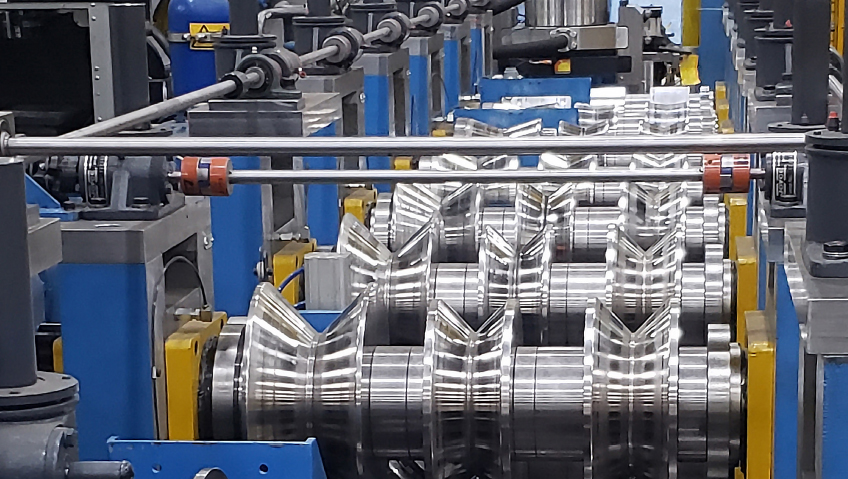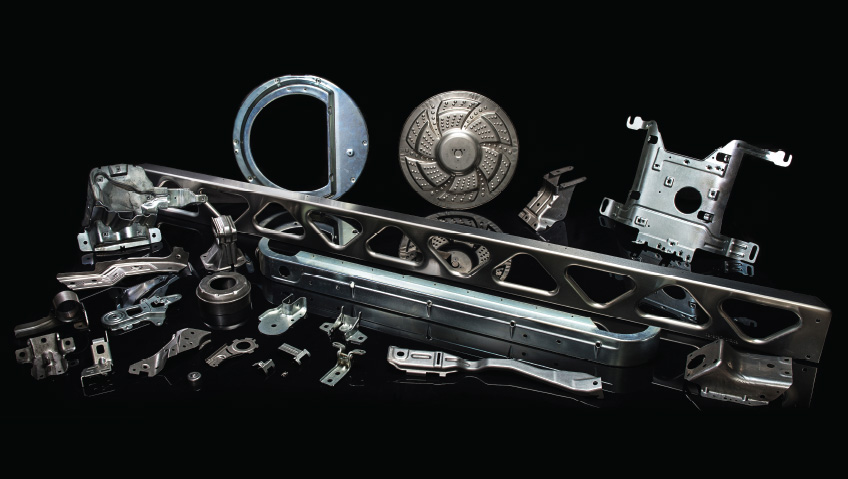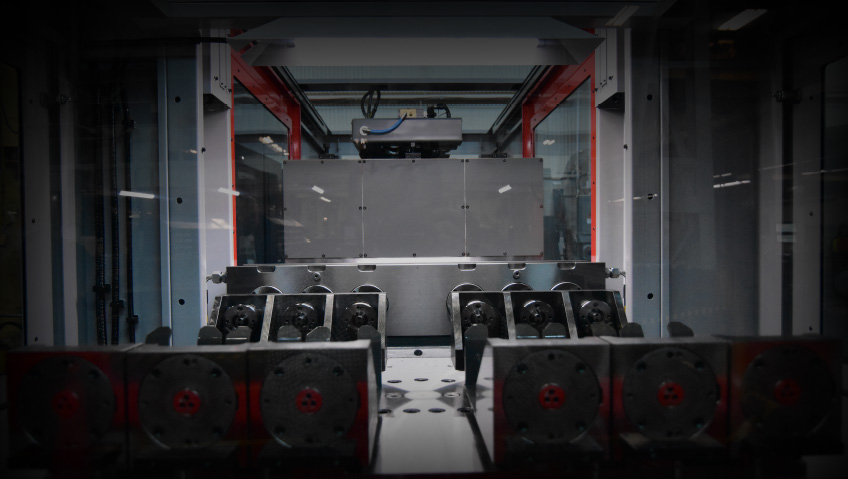Elliott Matsuura Canada President Vince D’Alessio says that, after 75 years in business, the company has changed. It began as a small division of a machine tool manufacturer in England called The B. Elliot Group. Elliott Matsuura Canada was initially its North American distribution arm.
Since those days, the company has transformed itself multiple times into its modern incarnation as one of the country’s premier metal cutting suppliers. These transformations have typically come about in response to market demand, with the most notable occurring in 1988 when an acquisition by Matsuura Machine Corporation brought new ownership and a much-needed facelift to the business—as well as an injection of credibility.
Vice President of Sales and Marketing Frank Bolieiro adds that, at the tail end of the COVID-19 pandemic, Elliott Matsuura Canada started seeing an improvement in its overall business as companies became more interested in purchasing and investing in machines. This led to strong performances for the company in 2023 and in 2024, even in the face of industry-wide challenges.
This year, things are becoming more interesting for both the company and for the machine tool industry. One of Elliott Matsuura Canada’s big recent updates is that it is now representing Hexagon, a metrology hardware company, as of January. D’Alessio tells us that the company is looking forward to the relationship taking hold, and it will likely involve a restructuring of its internal metrology team to accommodate the breadth of technology added to its scope. On its service side, the team has already hired two people who are fully immersed in the technology and are ready to support the company’s clients.
The Elliott Matsuura parent company in Japan is also currently enjoying substantial growth. With two plants active in Japan, it has spent the last two to three years investing to expand its manufacturing capabilities and improve plant utilization. Its new spindle grinding line is now fully automated with robotics as part of a move to boost production and efficiency. The aim is to modernize the factory and make it ready for the next generation, a gradual shift that will no doubt trickle down to its global arms like Elliott Matsuura Canada before long.
In an industry looking to balance itself, a business must be able to stand out from its competitors. “In one word, what separates us is numbers,” Bolieiro says, specifically the number of technical people that Elliott Matsuura Canada has supporting its domestic customers. Its 95 people make this the largest of the distributors of its kind in Canada, with over 50 employees supporting customers in technical capacities. Bolieiro believes that what separates Elliott Matsuura Canada from the pack is that it invests heavily in factory-trained technicians and application engineers.
Another notable advantage is that the company represents at least 20 machine suppliers. To appropriately sell each of these brands, it engages in team selling, with the regional sales managers supported on accounts by product managers and application engineers alike. Bolieiro asserts that it is worthwhile to make the investment in teams of two to three people to visit customers, conduct needs assessments, and employ state-of-the-art machine technology, because it allows the company to provide a one-stop solution for its customers.
Recent times have not been entirely rosy for Elliott Matsuura Canada, however. D’Alessio points out that 2024 was a down year for machine tool consumption in Canada overall, as companies were putting off making investment decisions amid high interest rates and a general recovery from the overspending of the COVID years. In something of a rebound from that overspending, machine tool consumption came down in 2024 between 18 and 25 percent in total, with other sectors down as much as 40 percent. Despite the market being low last year, the company still performed well compared to others thanks to its commitment to diversifying its services.
After coming through the ups and downs of the previous year, D’Alessio says that he initially expected that 2025 would be a rebound year for the company. However, in the wake of Donald Trump being elected president of the United States, its customers are back to a fence-sitting position thanks to tariffs imposed by America on goods imported from countries including Canada. D’Alessio would have personally preferred the tariffs to be implemented outright so that negotiations could be carried out around them; instead, Elliott Matsuura Canada must wait alongside concerned customers about what is to come for the rest of the year as the two neighbouring countries react to these tariffs.
D’Alessio notes that Canadian politicians have realized, in the wake of these developments, that national businesses have become too reliant on the American market. He adds that manufacturers in the country have not really developed technologies or infrastructure to bring Canadian products to the end user. “We develop things here, and they go south of the border,” D’Alessio says.
He believes that Canada needs to focus on how to redefine its role in manufacturing and that the last couple of months have only accelerated that thought process. Bolieiro adds that no company in the machine tool industry supplies 75 percent of their product and business to just one customer like Canada does to the U.S., and this needs to change.
Much of what awaits the company this year and beyond will depend on what occurs between Canada and the United States. If tariffs come through and remain a factor, it will likely mean a slow year because its customer base will continue to be cautious about investment.
However, D’Alessio states that manufacturing products for the American market only represent about nine percent of the country’s gross domestic product, so it will not cripple the company if the tariffs end up taking hold, although a significant impact will still be felt. Even in the worst-case scenario, he says the company will adapt, but it will likely be painful and time-consuming, so it would be helpful if the Canadian government would step in and make it easier for national companies to prosper globally.
No matter what, 2025 will be a banner year as the company will celebrate and honour the achievement of 75 years in business. Bolieiro says that the number one constant across 75 years has been the company’s focus on its customers and on delivering what it promises—whether that promise is a written quote or a verbal agreement.
D’Alessio believes that what truly keeps the company going is its ability to reshape and transform itself over time. Through diversification, partnerships with new companies and builders, effective use of leading technologies in the field, and the expansion of its range of products, Elliott Matsuura Canada stays nimble.
“Being ready to adapt to change is the biggest lesson,” he says of the past 75 years.






